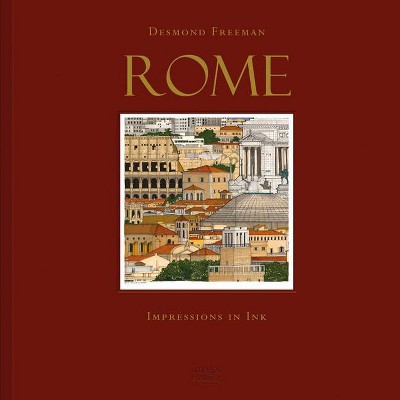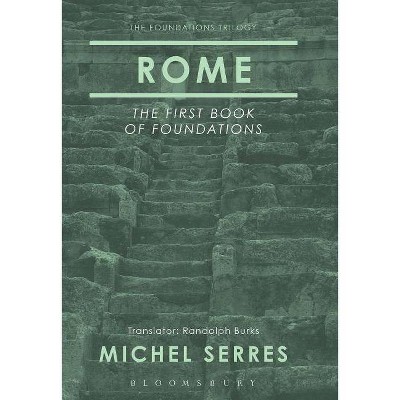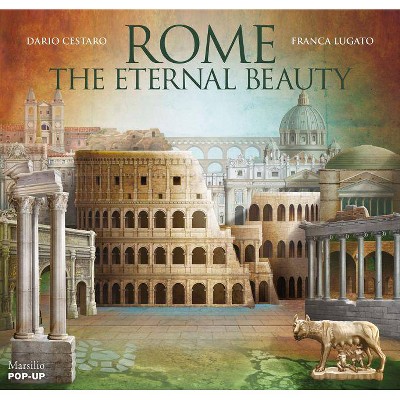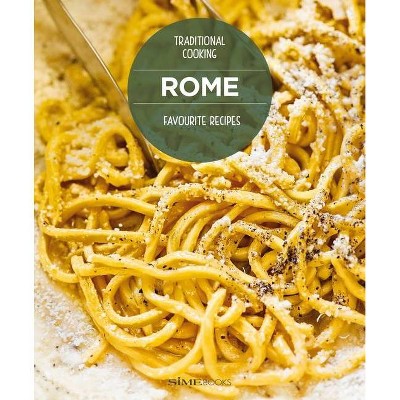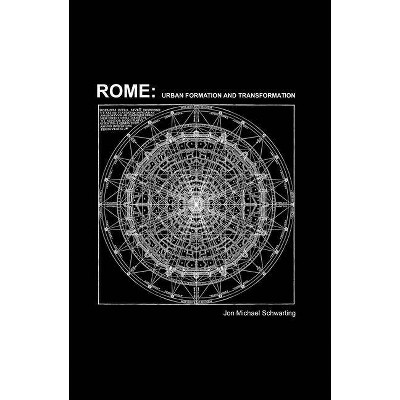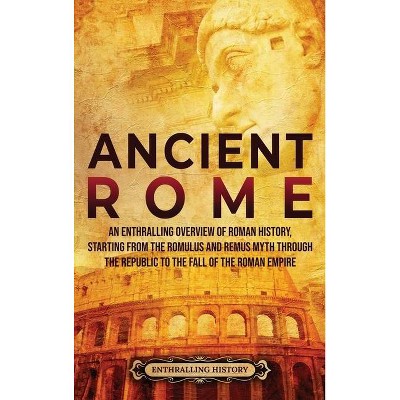Joel Sternfeld: Rome After Rome - (Hardcover)
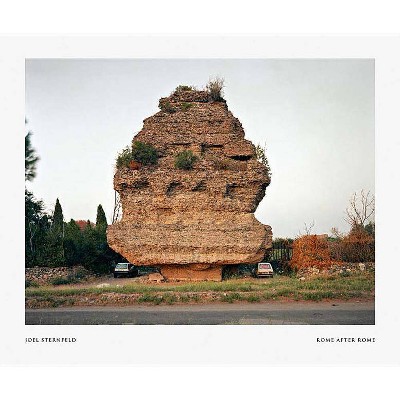
Similar Products
Products of same category from the store
AllProduct info
<p/><br></br><p><b> Book Synopsis </b></p></br></br>In his 1992 book <i>Campagna Romana: The Countryside of Ancient Rome</i>, Joel Sternfeld (born 1944) focused on the ruins of grand structures with a clear warning: great civilizations fall, ours may too. Now in <i>Rome after Rome</i>, containing images from the previous book as well as numerous unpublished pictures, Sternfeld's questions multiply: Who are these modern Romans? What is their relationship to the splendor that was? What is the nature of sullied modernity in relation to the Arcadian ideal? <p/>The Campagna--the countryside south and east of Rome--occupies a special place in Roman (and human) history. With the rise of Ancient Rome, this once polluted, malarial landscape was restored by emperors and thrived, with some 20 towns and numerous wealthy villas on the rolling plains among the mighty aqueducts that fed water to Rome. After the city fell, the Campagna once again became desolate and dangerous. Sternfeld updates this history for the contemporary eye.<p/><br></br><p><b> Review Quotes </b></p></br></br><br>In his landscapes, Sternfeld juxtaposes ancient ruins with scenes of modern decay, while Rome After Rome's portraits are glimpses of residents' quotidian lives.--Belle Hutton "AnOther"<br><br>The images in [Sternfeld's] book attempt to give recognition to what the artists saw: the soft, natural light, the aging yet still commanding architecture, and the wide landscape almost seemed untouched. The aesthetic he captures is pure Roman, but it helps to shed light, literally, on a place that has been overlooked and simply passed over for centuries.--Claire Blaha "Musee"<br>
Price History
Price Archive shows prices from various stores, lets you see history and find the cheapest. There is no actual sale on the website. For all support, inquiry and suggestion messages communication@pricearchive.us

